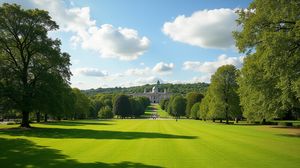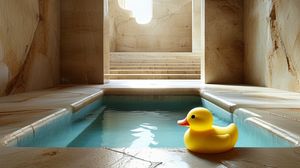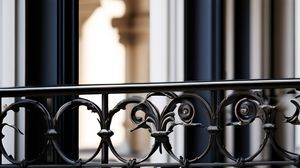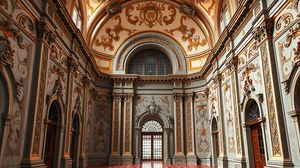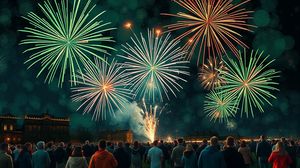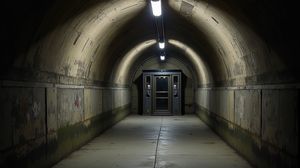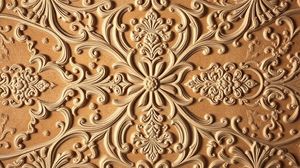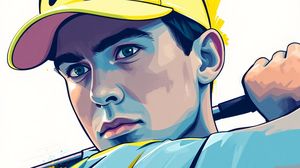
The Royal Observatory, Greenwich is an iconic cultural and scientific landmark situated in London, known internationally as the home of the Prime Meridian Line. Established in 1675 by King Charles II, the observatory has played a pivotal role in the history of astronomy and navigation, and continues to attract visitors with its rich legacy.
The Prime Meridian Line, which runs through the courtyard of the observatory, creates the separation between the Eastern and Western Hemispheres and is the basis for Greenwich Mean Time (GMT). Visitors can straddle the meridian line, placing a foot in each hemisphere, and experience the sensation of standing at the center of world time.
The observatory is famously associated with John Flamsteed, its first Astronomer Royal, who spent years cataloging stars with precision never before achieved. His work laid the foundations for modern astronomy and set the standard for celestial navigation techniques used by seafarers.
Within the observatory, visitors can explore a range of fascinating exhibits, including the Great Equatorial Telescope, one of the largest refracting telescopes in the UK. This colossal instrument is used to observe stars, planets, and other celestial bodies, offering unique insights into the universe.
One of the more intriguing periods in the observatory's history involves the Longitude Act of 1714, which promised a vast fortune to anyone who could solve the problem of calculating longitude at sea. This led to the creation of the Marine Chronometer by John Harrison, a revolutionary timepiece displayed at the observatory.
The Time Ball on the roof of Flamsteed House is a lesser-known yet fascinating feature. First installed in 1833, it was used as a visual signal to help ships in the Thames set their clocks. Each day, at precisely 1 p.m., the ball would drop—an early method of ensuring time accuracy at sea.
The observatory is part of the Royal Museums Greenwich, offering a rich range of exhibits that delve into both timekeeping and astronomy, making it an essential destination for those curious about the cosmos and our place in time and space.
Nearby, the Peter Harrison Planetarium provides an immersive experience through its state-of-the-art digital projection of the night sky. Visitors can embark on a virtual tour of the universe, exploring celestial phenomena and enhancing their understanding of space.

Making the Most of Your Visit:
Make sure to time your visit to see the Time Ball drop at 1 p.m. It's a historical tradition and adds a special touch to your visit that you don't want to miss.
Plan to spend some time in the courtyard where the Prime Meridian Line is located. It's really a great spot for photos, and it can sometimes be busy, so being patient is key to getting that perfect shot.
Check if there are any special exhibitions or talks happening during your visit. The Royal Observatory often hosts unique events and lectures that dive deeper into specific astronomical topics, which can enrich your experience.
Don't skip the galleries focused on the history of timekeeping. They're often less crowded and provide fascinating insights into how the quest to measure time impacted modern science and technology.
After visiting the Royal Observatory, take a walk through Greenwich Park. The views from there are stunning, especially of London's skyline and the Thames, and it's a perfect way to unwind after soaking up all that knowledge.

Visiting Times & Costs:
The Royal Observatory, Greenwich is open to the public and offers a fascinating glimpse into the history of astronomy and navigation.
Opening Hours:
- Open daily from 10 a.m. to 5 p.m.
- Closed on December 24-26.
Admission:
- Entry to the Royal Observatory requires a ticket.
- There are different ticket options available for adults, children, and concessions. It's recommended to check in advance for any special rates or family packages.
- Some parts of the site, such as the courtyard with the Prime Meridian Line, can be accessed without a ticket.
Accessibility:
- The Royal Observatory offers limited accessibility due to its historic nature and some steep paths.
- There are ramps and lift access to key areas wherever possible.
- Visitors with specific accessibility requirements are advised to check ahead for the best possible experience.
The Royal Observatory is part of Royal Museums Greenwich, which also provides accessibility information and assistance services across its venues.

Address & Map:

Nearby:

